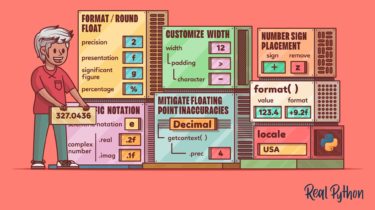Prompting Techniques for Stable Diffusion
Generating pictures using Stable Diffusion in all cases would involve to submit a prompt to the pipeline. This is only one of the parameters, but the most important one. An incomplete or poorly constructed prompt would make the resulting image not as you would expect. In this post, you will learn some key techniques to construct a prompt and see how much a good prompt can create a good image. Let’s get started. Prompting Techniques for Stable DiffusionPhoto by Sangga […]
Read more



